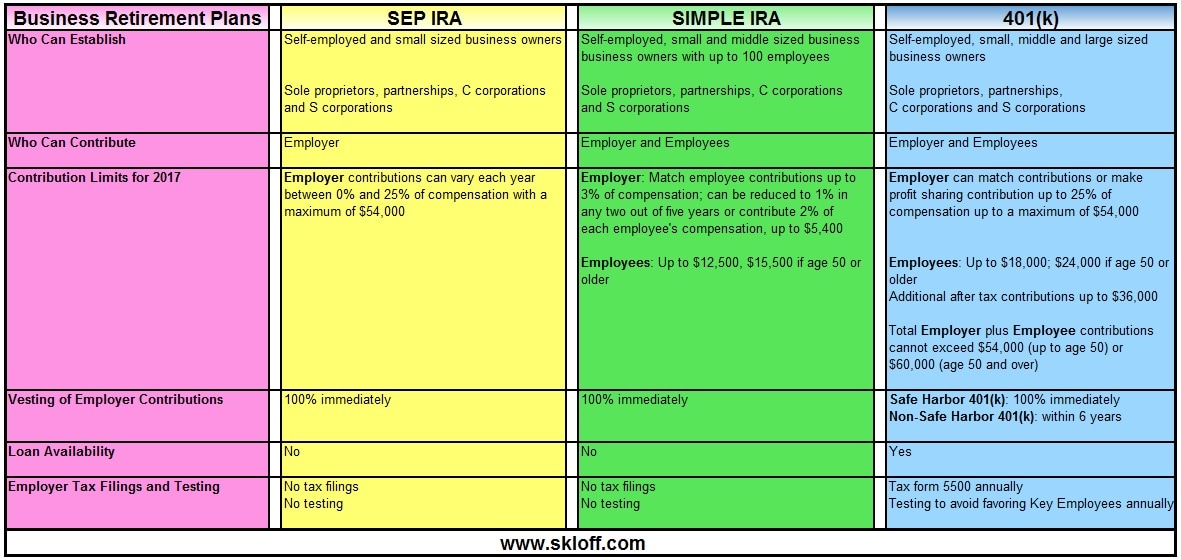A. A life insurance urine test along with a blood test check two things.
a) Check for drugs, both illegal and prescription to test against medical records for abuse. Underwriting will test for nicotine and cotine, which stays in the system longer than just nicotine for tobacco use.
b) Check for diseases such as cancer, diabetes, heart disease, blood disorders, kidney disease, etc. These results are usually compared to the individuals medical records for their risk assessment.


 RSS Feed
RSS Feed
